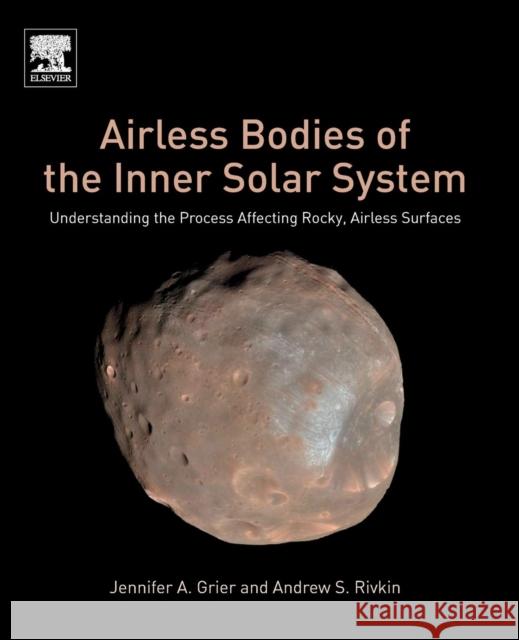Airless Bodies of the Inner Solar System: Understanding the Process Affecting Rocky, Airless Surfaces » książka
topmenu
Airless Bodies of the Inner Solar System: Understanding the Process Affecting Rocky, Airless Surfaces
ISBN-13: 9780128092798 / Angielski / Miękka / 2018 / 293 str.
Airless Bodies of the Inner Solar System: Understanding the Process Affecting Rocky, Airless Surfaces
ISBN-13: 9780128092798 / Angielski / Miękka / 2018 / 293 str.
cena 383,72
(netto: 365,45 VAT: 5%)
Najniższa cena z 30 dni: 381,36
(netto: 365,45 VAT: 5%)
Najniższa cena z 30 dni: 381,36
Termin realizacji zamówienia:
ok. 30 dni roboczych
Dostawa w 2026 r.
ok. 30 dni roboczych
Dostawa w 2026 r.
Darmowa dostawa!
Kategorie:
Kategorie BISAC:
Wydawca:
Elsevier
Język:
Angielski
ISBN-13:
9780128092798
Rok wydania:
2018
Ilość stron:
293
Waga:
0.50 kg
Wymiary:
23.5 x 19.1 x 1.57
Oprawa:
Miękka
Wolumenów:
01
Dodatkowe informacje:
Bibliografia











